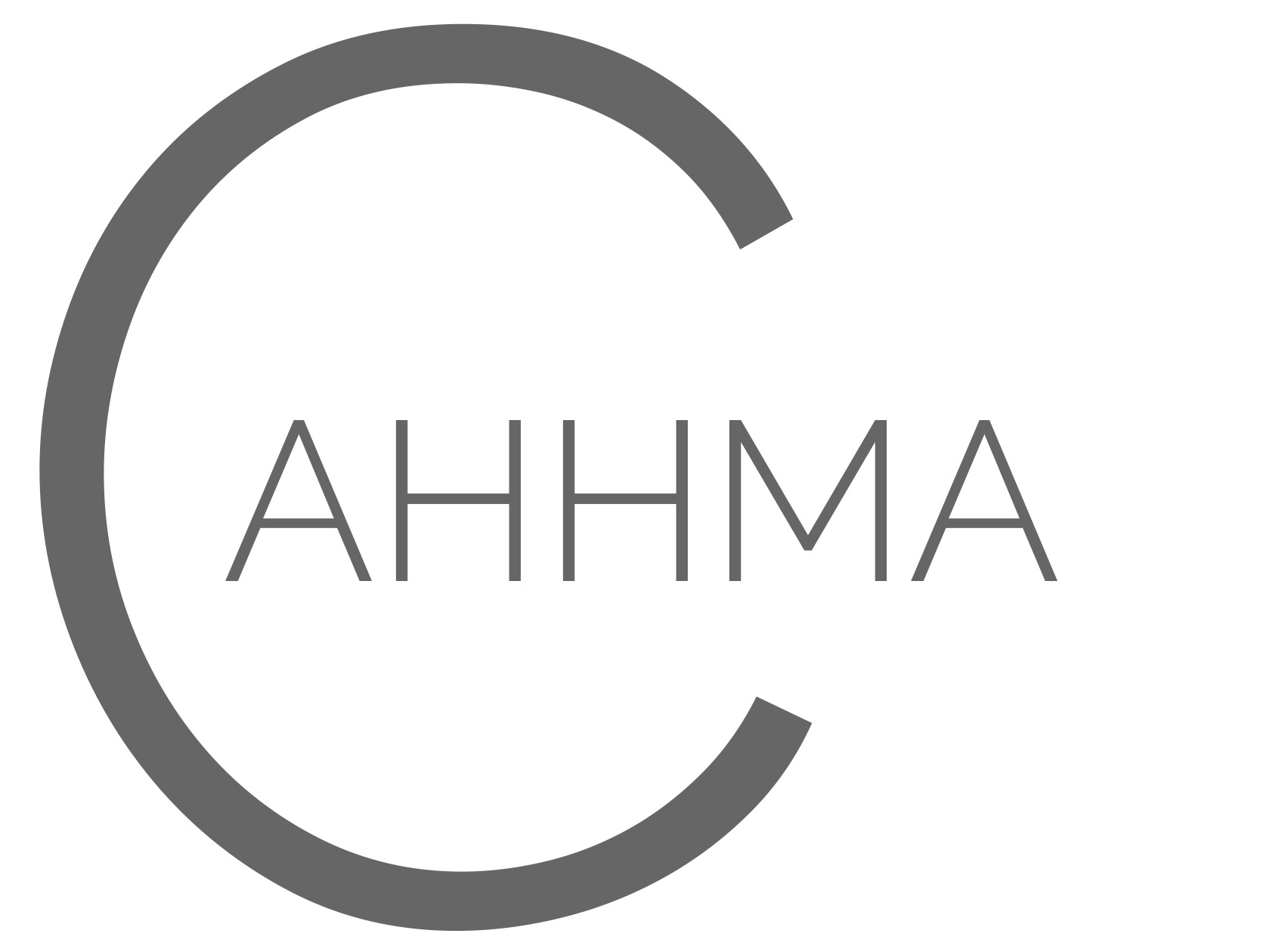How will the future hospital option be chosen?
Planning the future of hospital delivery in Muskoka has been a very long journey, going back to 2012, yet it remains far from being concluded, given ongoing issues. Since the summer of 2017 we have authored numerous articles to provide important information to the broader community. This article focuses on ‘how’ the preferred hospital option decision is to be made.
The current (model and services) decision process, underway since last August, is similar to what was used before (it used defined criteria along with supporting advantages and disadvantages). Before comparing, it is important to understand how the three hospital models have evolved. What is clear through this journey, is the constant shifting of model names and definitions has confused and at times misled the people. The table below shows the changes:
 Data sourced: MAHC website
Data sourced: MAHC website
So, it took three years and sustained community pressure to finally drop the “Not Status Quo” label, restoring the original two acute-care site option, giving the people what they have always wanted.
Importantly, how has the ‘community support’ criteria weighting changed in MAHC’s hospital model decision process? In 2015 there were seven equally weighted Criteria (Patient & Family Centered Care, Design, Construction, Financial, Fundraising, Approvals, and Community support). Community support therefore had an overall weight factor of 14 per cent. Now the Task Force’ has a new 5 equally weighted evaluation criteria (Patient & Family Centered, Financial, Alignment, Municipal Impact, and Community Support). On the surface it appears that the Community Support criteria has become more important to MAHC – moving from a 14 per cent weighting to 20 per cent. However, the new Community Support criteria now also includes the community’s capability of contributing to the development with an adequate local financial share. Obviously, this additional criteria should have been included in the Financial criteria, not Community. So now in fact, ‘Community Support’ really accounts for only a 10 per cent weighting factor in MAHC’s hospital model decision criteria which demonstrates its smallest regard for community in the seven years of the MAHC’s planning process thus far. One wonders how any public institution planning process could be so callous in their disregard for the need of community support – it is bewildering.
We have other concerns as well:
- MAHC’s 2015 Advantages & Disadvantages for each model option shows the top three advantages of the One Site option and seven of 11 disadvantages of the two Acute Site option were Financial (costs) related. Because we now know the two Acute Site option was highly over-sized and mostly new build, it suspiciously drove the two-site model costs way up, heavily disadvantaging it. We believe financial was the primary driver of the 2015 decision. This is a problem because model costing won’t be revisited/defined until a later (B) step, so we can’t see how the local share, (previously sized at $85 to $114 million), and more broadly the entire financial category, can be properly scored.
- The site locations have yet to be determined (and it’s unclear where in the process they will be). Until they are, properly scoring sub-criteria like “access to service”, “travel times”, or “municipal/regional planning” is impossible.
- The criteria “Aligns with MOHLTC/LHIN priorities” seems overstated at this point in redevelopment planning. To help understand how it was interpreted in 2015, the scoring was three times higher for the one-site model versus the two-site model, (despite the latter being 87 per cent new build). Such a huge discrepancy is hard to fathom. Our conclusion is that it was interrupted as alignment to MOHLTC cost-savings and related integration/consolidations objectives. Similar thinking appeared to be on display by the MAHC Chair during the April 23 Huntsville Town Council MAHC deputation, when it was stated the 2015 single-site decision had to remain officially on MAHC’s books. The Chair refused to rescind it, outrageously tying it to MAHC’s on-going deficit challenges. We know it is due to a MOHLTC flawed funding formula.
It appears the MAHC board has again failed to fully grasp the community accountable point, and the importance of backing the people they are supposed to serve. This implies standing up to the LHIN/MOHLTC, when necessary. Sadly, if it wasn’t clear before where MAHC stood with the Ministry, it certainly is now. MAHC received only a 1.4 per cent funding bump this year versus the 4.6 per cent provincial hospital average.
Many have pointed out the MAHC board failures to adequately listen to the people, their failure to effectively partner with elected representatives, local stakeholders and physicians, and their reluctance for full transparency (among other governance issues). It’s no surprise then the community and its leaders have responded with council motions, petitions, protests, municipal deputations, letters, media commentary, and viral social media posts.
Submitted by Ross Maund, (former) MAHC director, retired healthcare services senior exec., CAHHMA member and Dave Wilkin, (former) MAHC director, retired senior IT & banking executive, CAHHMA member.
Go to: www.CAHHMA.com for past articles and details.
